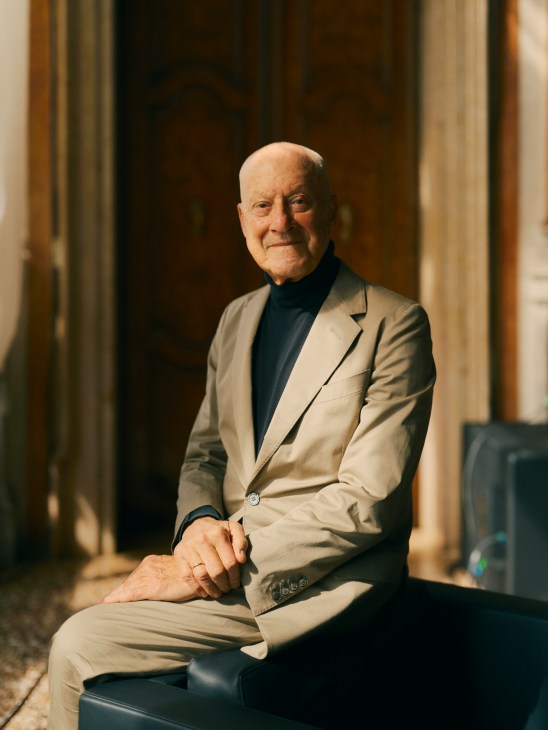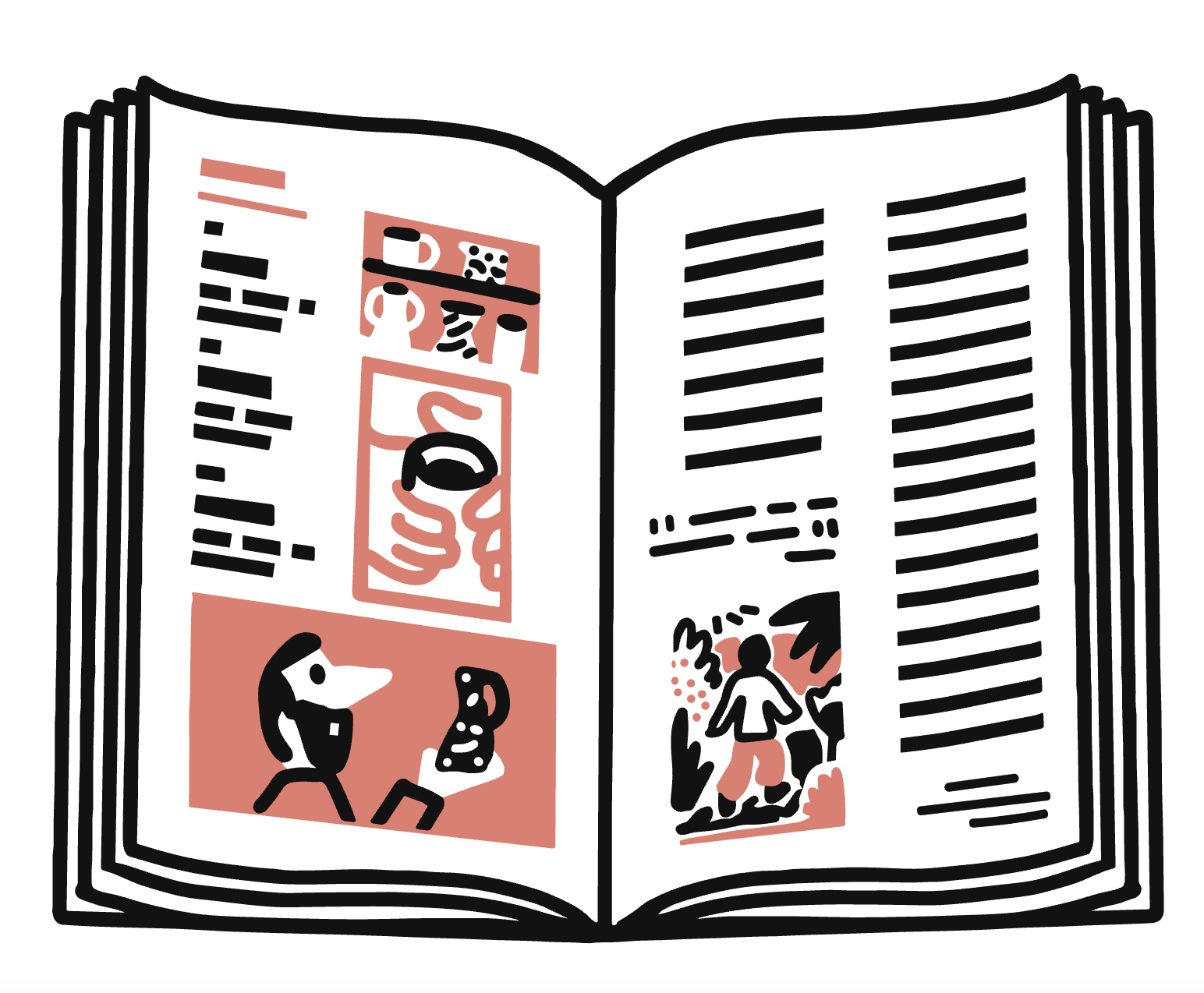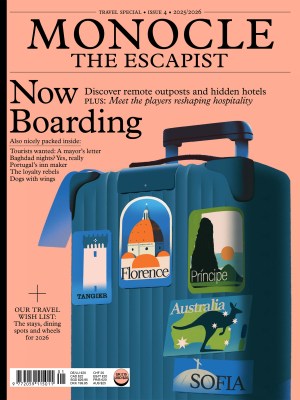Interview: Norman Foster on what good design really means when reinventing cities
Even today, at 90 years of age, he’s shaping the discourse around the future of our cities and built environment. We caught up with Foster at the Venice Biennale’s 19th International Architecture Exhibition.
Norman Foster is one of the world’s most celebrated architects. He established his namesake practice, Foster + Partners, in 1967, pioneering high-tech architecture through iconic structures such as Berlin’s Reichstag dome and London’s Gherkin. The Pritzker Prize laureate has redefined skylines globally over the course of five transformative decades of practice. Monocle sits down with Foster in Venice to discuss what the world should be thinking about now.

We’re meeting you in Venice. Why is an event like the Biennale important?
I remember being at a gathering in Aspen, Colorado, and one of the participants was Paul MacCready, who invented a device that tells pilots the best speed to fly a glider depending on conditions. I complimented him on the achievement of his man-powered flight and he wagged his finger and said, ‘What we should be talking about are the people who set the challenge of glider flying, which we have responded to.’ Venice is setting the challenge.
And what is that challenge in Venice?
That nothing happens by accident or chance – everything around us is designed. Things are either designed well or badly. It can be done casually and without too much thought – but it’s still designed. Good design is not about how much you spend, it’s about how wisely you spend it. It all comes down to attitude. It’s important because we know that we can improve the quality of all lives through good design.
Why is quality of life an important consideration for you?
We should be talking about the quality of urban life. Cities are the future and we have to improve the quality of life in them. This is also about our pleasure and enjoyment. It’s also about beauty. All of this relates to everything from architecture and infrastructure to energy. We need to ask if we are going to get a kick out of looking at a countryside completely covered by wind turbines? Are we going to get a kick out of solar panels that have destroyed a meadow?
What are some good infrastructure and energy solutions that ensure quality of life too?
We should think about nuclear. If we come down to data and we take emotion out of it the facts are clear. Depending on the estimate, between seven and 10 million people die every year through invisible, noxious fossil-fuel fumes. A lot of those are kids burning fossil fuel for heating and cooking. As an alternative, you can take a compact nuclear battery and deliver energy that can power an entire Manhattan city block. In doing so, you take out all the dangers of centralising energy. Such an option is still by a huge margin the safest, cleanest, most compact energy solution – and you have total control of the waste from cradle to grave.
You’re in Venice showing a project created in partnership between the Norman Foster Foundation and Porsche. Why was it important for you to establish a foundation?
It’s about bringing the best of academia together with an extraordinary network of world experts on every aspect of urbanity and combining that with hands-on experience in a city that’s now developing into specialities. One example is city science – the use of digital tools to explore the effects of design decisions such as planting more trees and the effects that might have on air quality and both vehicular and pedestrian traffic. We want to pass on knowledge from professionals to those who serve at a political level and at an expert level, while preserving archives for future researchers.
The project with Porsche is a shimmering 37-metre-long bridge on the edge of the Arsenale in Venice. It extends to a floating pontoon on a lagoon that is currently being used as a mooring point for water bikes. What’s the ambition behind this?
We want to show that exploring new forms of mobility can be fun and enjoyable. If you go down there and you get on one of those water bikes and start to pedal across the lagoon, I bet that you’ll find yourself smiling. It’s about asking questions and looking at alternatives. What if this was an alternative mode of transport to a boat in Venice?
What are some of those alternatives for this project?
We can ask lots of questions. What if you can go to the edge of the lagoon and an app calls one for you on demand, and then when you get to your destination there’s a land-based version to take you elsewhere? What if there’s a machine that’s between the conventional automobile and a bike, a machine which can go on a motorway as well as in a walkable neighbourhood? These projects should stimulate thoughts about the future. The future is now. Today is the first day of the future.


